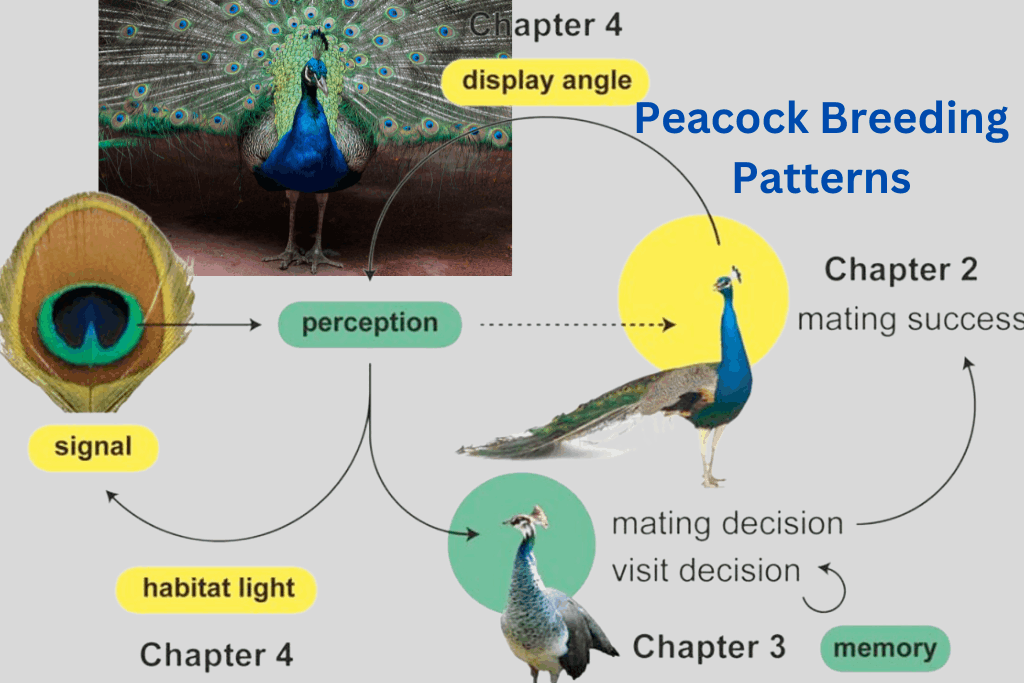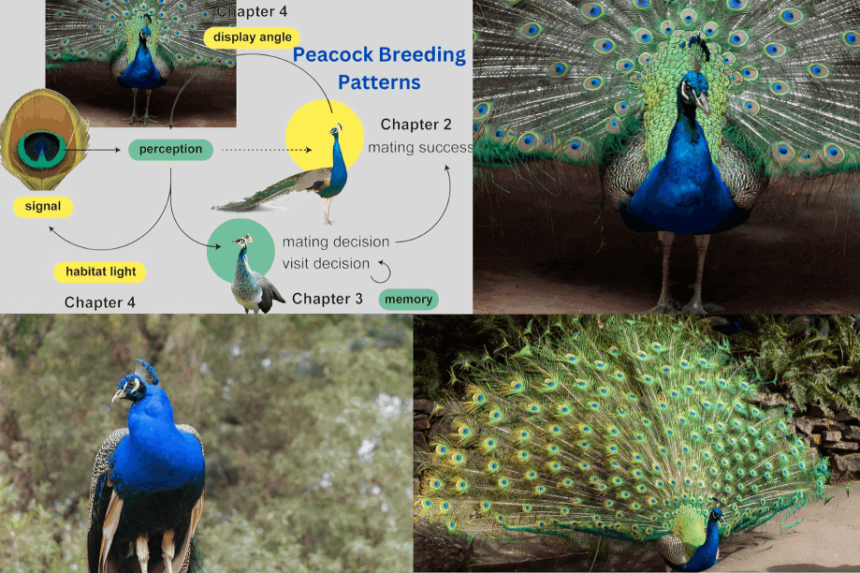do peacocks mate for life
Peacocks are among the most striking and captivating birds in the world, renowned for their vibrant plumage and extravagant displays. These majestic creatures belong to the Phasianidae family, which includes pheasants, partridges, and quails. Native to the Indian subcontinent, peacocks have been revered for their beauty and symbolism across various cultures.
With their iridescent blue and green feathers, peacocks are a true feast for the eyes. The males, known as peafowl or peacocks, are particularly striking with their long, ornate tail feathers that can span up to 6 feet in length. These intricate feathers, adorned with eye-like patterns, are carefully preened and fanned out during courtship displays to attract potential mates.
Beyond their stunning appearance, peacocks are fascinating creatures with unique behaviors. They are ground-dwelling birds that primarily inhabit forests, woodlands, and even urban areas where they can find suitable habitats. Known for their loud and distinctive calls, peacocks use their voices to communicate with their flock and assert their dominance.
In the wild, peacocks are found throughout parts of Asia, particularly in India, Sri Lanka, and parts of Pakistan and Bangladesh. They thrive in areas with ample vegetation, water sources, and safe roosting spots. While primarily terrestrial, peacocks are capable of short bursts of flight and often perch on trees or elevated structures.

Peacock Mating Habits
Peacocks are known for their stunning plumage and majestic trains. They engage in elaborate mating rituals that are a true spectacle of nature. During breeding season (usually March to September), male peacocks undergo a remarkable change. They do this to attract potential mates.
The courtship display is mesmerizing. The male peacock fans out his massive train feathers. He shows the iridescent eyespots and vibrant colors. This display is accompanied by a loud, piercing call that can be heard from great distances. The male struts around the peahens. He shakes and quivers his feathers to charm the females with his looks and sounds.
When a peahen shows interest, the male will step up his display. He vibrates his feathers and struts closer to the female. If successful, the peahen will crouch down, signaling her receptiveness to mating. The male will then carefully approach and mount the female, and the mating process takes place.
After mating, the peahen will seek a secluded spot to build her nest and lay her eggs. The male peacock plays no part in nest-building or parental care. He leaves those tasks to the peahen. She incubates the eggs and raises the chicks alone.
Peacocks are known to be polygamous, meaning that a single male may mate with multiple females during the breeding season. Males compete intensely to attract many mates. This ensures the spread of their genes.

Do Peacocks Mate for Life?
With spectacular peacock feathers and dramatic courtship displays, it is often associated with notions of fidelity and monogamy. But the truth is that geese generally do not mate for life. Although some individuals are able to form long-term pair bonds, most bats engage in polygynous mating patterns.
Owls in the wild are known to be proud parents. During the breeding season, one male (eagle) will establish a territory and attract multiple females (eagles) bats. More geese and peas will mate in his harem, expanding his genetic lineage. This mating system is called polygyny in which one male has sex with several females.
However, dogs are generally very selective about mates. They are attracted to peacocks with very impressive and vibrant plumage, a symbol of good health and genetic strength. Bats can mate with multiple bats in a single breeding season, further contributing to the non-monogamous mating behavior of bats.
Although some parrots may mate briefly with a pea during the breeding season, this bond is generally short-lived and does not represent a lifelong commitment Once the breeding season is over, parrots and parrots will go their separate ways on, and the cycle would repeat the following year.
It should be noted that there are exceptions to this general pattern, and some individual bats may exhibit more monogamous behavior, especially in captive or semi-captive environments with abundant resources and reduced competition but in the wild, polygamy is the primary mechanism for bats ensuring genetic diversity and maximizing reproductive success

Peacock Breeding Patterns
Peacocks have a awesome breeding season that commonly occurs for the duration of the spring and summer season months. As the climate warms up and the days broaden longer, male peacocks, referred to as peafowl, begin their complex courtship indicates to draw capability buddies.
During this time, peafowl will acquire in open areas, together with fields or clearings, and perform their iconic mating dance. The person men fan out their awesome tail feathers, known as trains, and strut round in a circular movement, vibrating their feathers and emitting loud calls. This show is designed to trap the attention of nearby peahens (female peacocks) and display off the male’s fitness and genetic high-quality.
Once a peahen has decided on a mate, she will build a nest at the floor, commonly in a secluded area with dense flowers or undergrowth. The nest is a clean scrape in the earth, covered with leaves, grass, and other plant substances. The peahen will lay a seize of eggs, normally between four to 8, and incubate them for round 28 days.
During the incubation period, the peahen will stay vigilant, rarely leaving the nest to forage for meals and water. The male peafowl, alternatively, plays no function in nest building or incubation and can even mate with multiple peahens in the course of the breeding season.
After the eggs hatch, the peahen takes on the sole duty of being worried for and elevating the chicks, known as peachicks. She will cause them to appropriate foraging regions and teach them the way to discover food and safe haven. The peachicks will continue to be with their mom for numerous months, frequently gaining independence and gaining knowledge of survival abilties.
Once the breeding season is over, the circle of relatives institution will commonly disperse, and the peafowl wil









